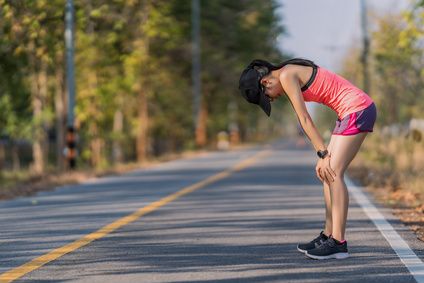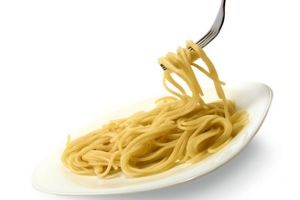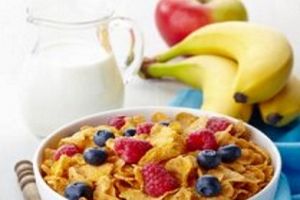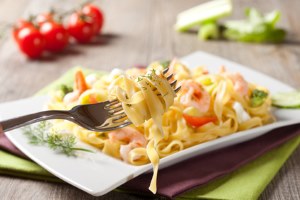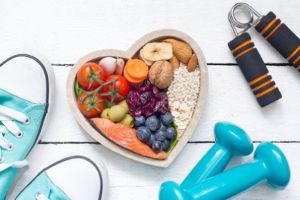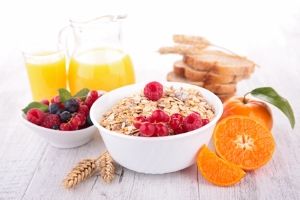Sugar and hypoglycemia: what you need to know
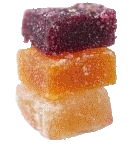
A correct blood sugar level (blood glucose level) is between 0.8 and 1.26 g/l in the morning fasting. Namely, after a meal, this rate increases to generally between 1 and 1.4 g/l. Hypoglycemia is defined as blood sugar levels below 0.45 g/l.
Sugar: friend or foe?
Usually, sugar is the target of all evils. Responsible, in part, for overweight, diabetes or the occurrence of certain cancers, it is advisable to limit its consumption to maintain good health. However, having a few pieces of sugar in your pocket during a sports event could do you a great service. Sugar is therefore both our friend and our enemy depending on how it is used (also read: do carbohydrates really make you fat?).
The blood sugar level can be measured during a blood test in a medical analysis laboratory or by taking a drop of blood from his finger, combined with a blood glucose meter. This last rather restrictive measure is often the daily lot of people with diabetes.
All athletes must be vigilant
If you are an athlete, you must have already experienced this feeling of hunger after one hour of sports practice. It often corresponds to a decrease in blood sugar levels. If nothing is done, you will be prone to hypoglycemia in the next few minutes.
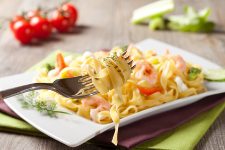 La plupart des féculents raffinés (pain, riz, pâtes) ont un pouvoir hyperglycémiant comparable au sucre blanc et ne sont donc pas les plus recommandés la veille d'une compétition !
La plupart des féculents raffinés (pain, riz, pâtes) ont un pouvoir hyperglycémiant comparable au sucre blanc et ne sont donc pas les plus recommandés la veille d'une compétition !
Endurance athletes are well aware of this phenomenon. Indeed, during intense and prolonged activities, such as a marathon or a bike ride, the glycogen reserves stored in the muscles and liver are exhausted. The first reflex is to anticipate the problem by eating during the refuelling phases. Various sweet and fast absorbing products are available, so it would be a shame to do without them.
Nevertheless, all athletes may be affected. Reactive hypoglycemia is a sudden increase in blood sugar, followed by an equally rapid decrease, occurring about 30 minutes after the start of exercise. Let's take a concrete example:
Julien, a weight-training practitioner, eats 1 hour before his session with a variety of carbohydrate foods. Thinking about doing the right thing, this athlete consumes a significant amount of carbohydrates inducing a high glycemic load. His objective is to build up stocks in preparation for the intense session that awaits him. However, 30 minutes after the beginning of the exercise, it is subject to discomfort, dizziness and a feeling of cold. Its food strategy must therefore be reviewed since it caused a peak in insulin followed by a sharp drop. Hyper-glucidic foods will therefore have to be better distributed throughout the day. Learn more about the effects of carbohydrates according to their glycemic index.
Also to be read:
Symptoms of hypoglycemia
Carbohydrates are the main fuels in our body and in our performance. Just like your fuel tank, our reserves are being depleted as the race progresses. Without fuel, the athlete will feel a craving and then more worrying symptoms forcing him to stop his activity if nothing is done.
These include cold sweats, nausea, pale face, hearing, visual and speech disorders, and loss of balance. By the way, you have probably already seen these marathon or ultra-trail finishes where you can see the runner stumbling near the finish line. Without an immediate supply of glucose, the athlete cannot finish the event without risk. If the effort continues, these symptoms will only get worse. In the worst case, hypoglycemia can lead to unconsciousness or coma.
Each individual has a personal tolerance. One person will have his first symptoms at 0.70 g/l while another will feel nothing up to 0.50 g/l. In any case, always carry a carbohydrate diet with you at all times. It can be a banana, a drinking compote, an energy gel or a isotonic drink maltodextrin-based.
Eating better to avoid hypoglycemia
As you know, prevention is better than cure. This quote is particularly suitable for hypoglycemia. Whatever the sport practiced, the availability of carbohydrates before exercise, its contribution during exercise but also the quality of the response during recovery phase play a major role in your performance and your state of fitness. It would be a shame to underperform due to poor power management.
Let's see how to eat for a long-distance marathon-type effort.
Before the effort
It is often advisable to have your last meal 3h before exercise. This is particularly true to avoid any digestive disorder. Nevertheless, we recommend that you take carbohydrates 1 hour before to ensure that your stocks are optimal. At breakfast, focus on hydration, carbohydrates, protein but limit your fat intake. Oat flakes and wholemeal bread provide useful fibre to regulate blood glucose levels and thus reactive hypoglycemia.
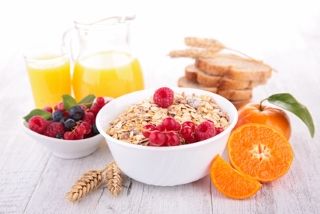
7 am Breakfast
- 1 glass of orange juice
- 50 g oatmeal flakes
- 1 vegetable drink
- 2 & oelig; eggs
- 1 slice of wholemeal bread
- 1 tablespoon honey
9 am Snack
- 2 large glasses of water
- 2 fruits or 1 energy bar
10 am Marathon departure
During the effort
During the race, the carbohydrate intake should be as digestible as possible.
- Drink a mixture of Water + Maltodextrin in small sips (see our recipe for isotonic drink)
- 3 long-distance energy gels
- A few pieces of banana, dark chocolate, gingerbread, dried fruit, present on the supply tables
After the effort
Do not neglect this phase, it improves the recovery phase. The objective is to replenish stocks without neglecting hydration.
- Water and a drink rich in bicarbonates such as Saint Yorre
- A vegetable broth
- 100 g rice
- 100 g white meat
- 1 drizzle of olive oil
- 1 banana
Also to be read:
Maltodextrin, an ally against hypoglycemia
During exercise, we recommend that you absorb carbohydrates via a drink combining water + maltodextrin, up to 50 g of maltodextrin per 300 ml of water (see isotonic drink). It is a carbohydrate blend made from starch from wheat or corn. It is a source of carbohydrates with rapid release and digestion, which is why it is useful during exercise. Malto, as it is often called, is a powerful ally in the fight against hypoglycemia. However, be careful not to consume too much before exercising, otherwise you risk inducing a peak insulin level that is harmful to your future performance.
Alongside your drink, always carry an energy gel, a compote to drink or a little honey to quickly raise your blood sugar level.
In conclusion
In conclusion, avoiding hypoglycemia is prepared well before the start of the race. Three days before, it is advisable to be rigorous on your diet to optimize your glycogen stocks. The idea is to provide quality carbohydrates, fibre and sufficient hydration. To avoid cravings during exercise, it is important to anticipate them as soon as you wake up. Check our food plan to concoct a quality breakfast for you. Finally, maltodextrin during exercise may well help you maintain your blood sugar levels within the norm during your sporting event.
These articles may also interest you
Glucides et sport : faut-il craindre le diabète ?
Sucres lents, sucres rapides : un concept erroné
Alimentation du sportif : quels glucides consommer quand on fait du sport ?
10 aliments clés pour booster vos performances sportives
Photo credit : Fotolia.com

